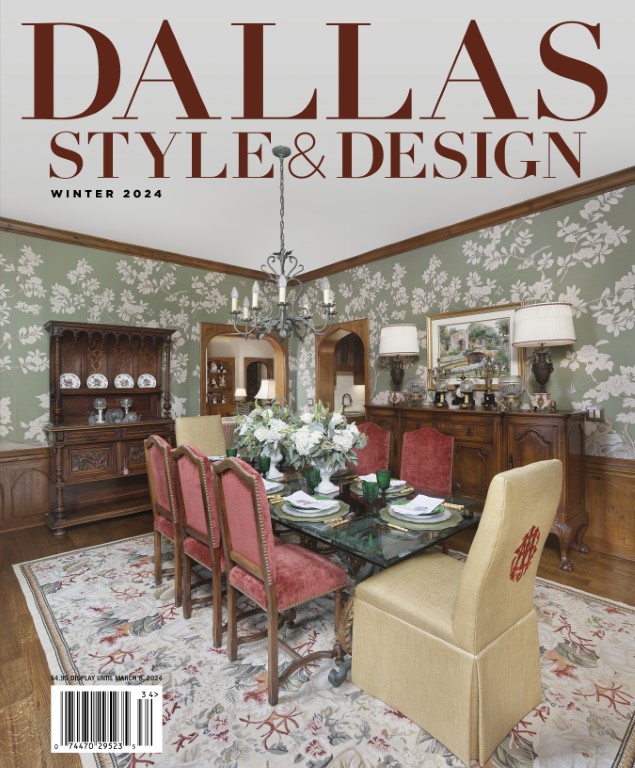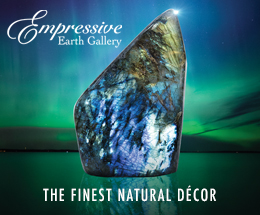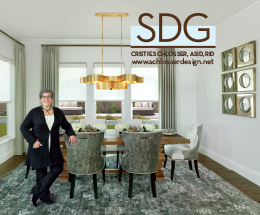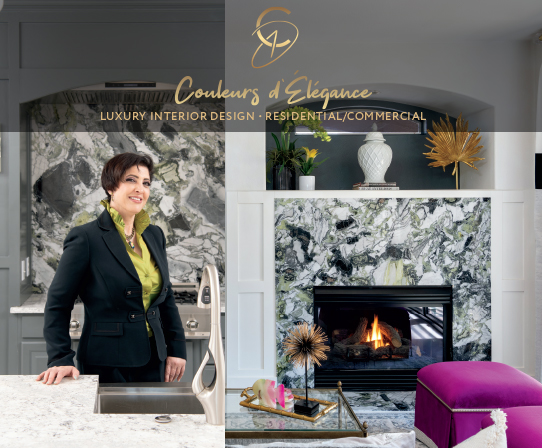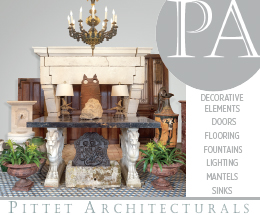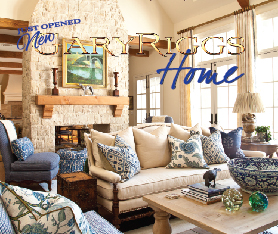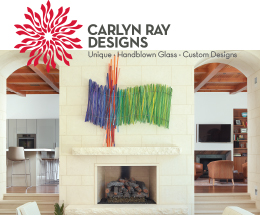Ask any artist to pinpoint the exact moment when they fell in love with their craft and they will happily oblige. Crinkles will 1 form in the corners of their eyes and their lips will turn upward ever so slightly, as if they’ve just rediscovered the good old days. Chances are, it was the most electric moment of their lives.
For Dinora Trindade, it was earth-shattering. At a mere 12 years old, Trindade was hopping from country to country with her world-traveling family, when they eventually settled in Angola, in Southern Africa. She distinctly remembers one sleepy, dreamy moment in the middle of a colorful, rowdy cityscape. “I remember driving through the city of Luanda with my father and looking out over the bay,” Trindade reminisces. The sun was lazily retreating into the shadows, the city lights blinking on one by one as families scurried home to one another for the night. Warm reflections of the lights bounced hazily off the water beneath. “I remember thinking, ‘This is so beautiful.’”
And that was all it took. Decades later and well into a well-respected artistic career, Trindade still holds onto that precious evening as the introduction to what would ultimately become her lifelong passion. Trindade focuses on self-realized compositions with an emphasis on brush and palette knife work. Specializing specifically in realism, Trindade finds herself drawn to pieces that represent actual entities in the world, instead of drifting toward the abstract. There’s a comforting dignity in this—being able to capture the real, authentic world through her lens.
Recently, Trindade created a new subgenre of her artwork. Dubbed “realistic impressionism,” the theme mainly revolves around palette knife techniques and representation of the real. “Lines,” Trindade says, “are not quite as important in this style of art. Instead, boundaries and forms and relationships between the elements are emphasized through color play.”
Color is a significant motif in Trindade’s work. Unsurprisingly so, considering her first encounter with the magnetic beauty in this world was through the vibrant sunset hues of Angola. Trindade paints with no definitive end point in mind, only the inclination to stop adding color when her soul tells her to. When asked how she determines when an artwork is finished, Trindade is stumped. “The best answer that I can give is that I trust my eyes. That’s it! No more and no less,” she says. In a world full of rules and norms, it’s a refreshingly simple mind-set.
One of Trindade’s favorite series of work thus far is titled Electric, based on the story of color and movement that transcends each piece. The images are envisioned before she ever puts brush to canvas. Everything from the range of hues to the synergy of the elements is mapped out ever so carefully. She then creates a base of multiple layers of pigments to accentuate depth perception. It’s rich and serves as the opening lines to the painting’s story.
After Trindade is satisfied with her base, a banner, of sorts, is applied atop. Eccentric shades of the rainbow cascade across the base layer, almost reading like a seismograph with its jagged patterns. These zigzags build movement into the frame. What results is ultimately a fairytale, straight out of the most exquisitely executed storybook. The piece is finished.
Trindade’s ultimate passion, it seems, is comforting the human psyche through painting. Often, she explains, art is overanalyzed or deemed too complex for an everyday patron to appreciate. “[The viewer] may feel that they need someone, such as an art critic, to tell them if the work is good or bad,” Trindade says. Perceiving art, however, is and has always been an individual, emotional reaction. Just as we know that the sun will rise and set every day, so too will we instantaneously know how we feel about an artwork. Trindade hopes to inspire a sense of solace in her paintings. “You don’t need anyone else’s permission to admire art. You have that power entirely within your own self.”
Joanne Xu is a part-time freelance writer and blogger living in Austin.

